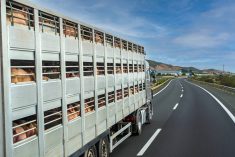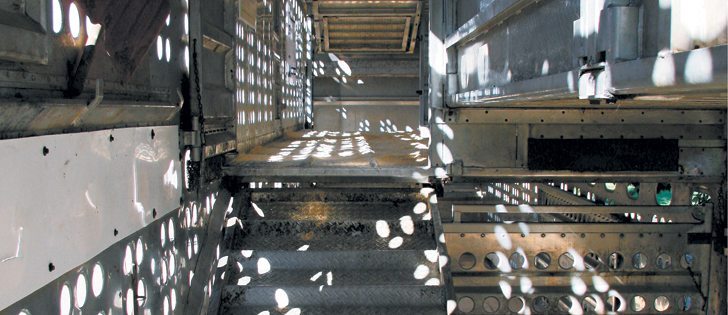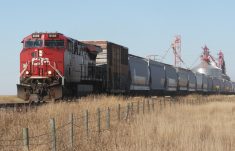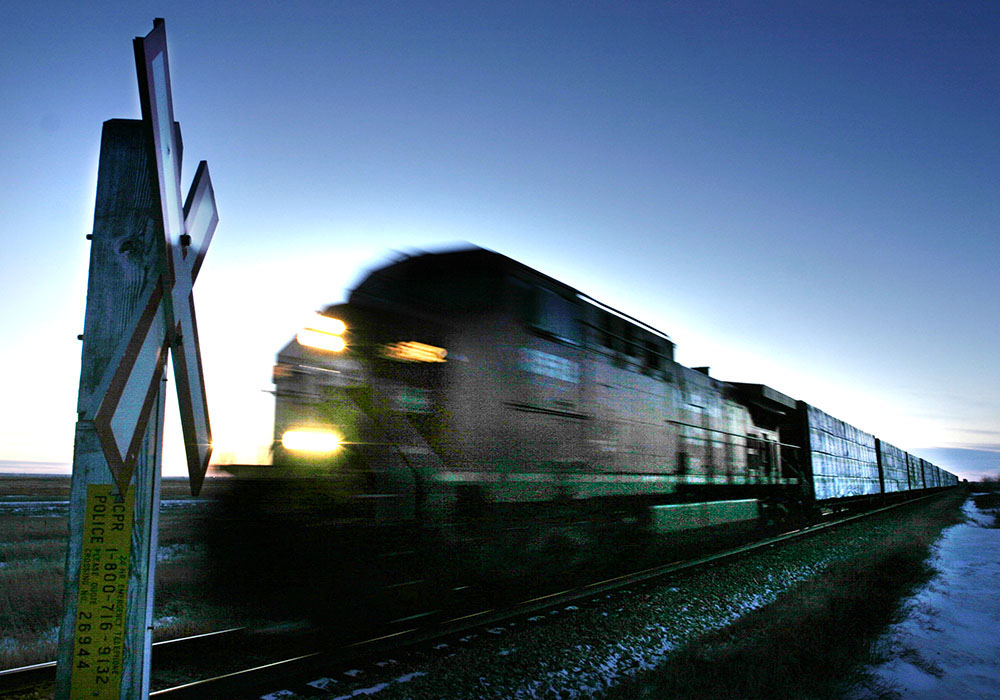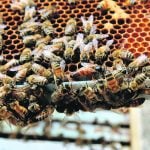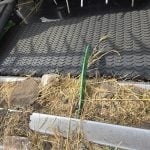Good drivers make a difference in the welfare and handling of cull cattle being transported to processing facilities
RED DEER — Dairy producers who ship cull cows to market should always hire companies whose drivers are trained in livestock handling.
These animals need special care because they are often old, weak and thin and may not have the stamina for a long journey, said Karen Schwartzkopf-Genswein of Agriculture Canada’s research centre in Lethbridge.
“We know that transport itself in every situation is a potential for injury, but there is mortality as a consequence of transport,” she told the recent Western Dairy Seminar in Red Deer.
Read Also
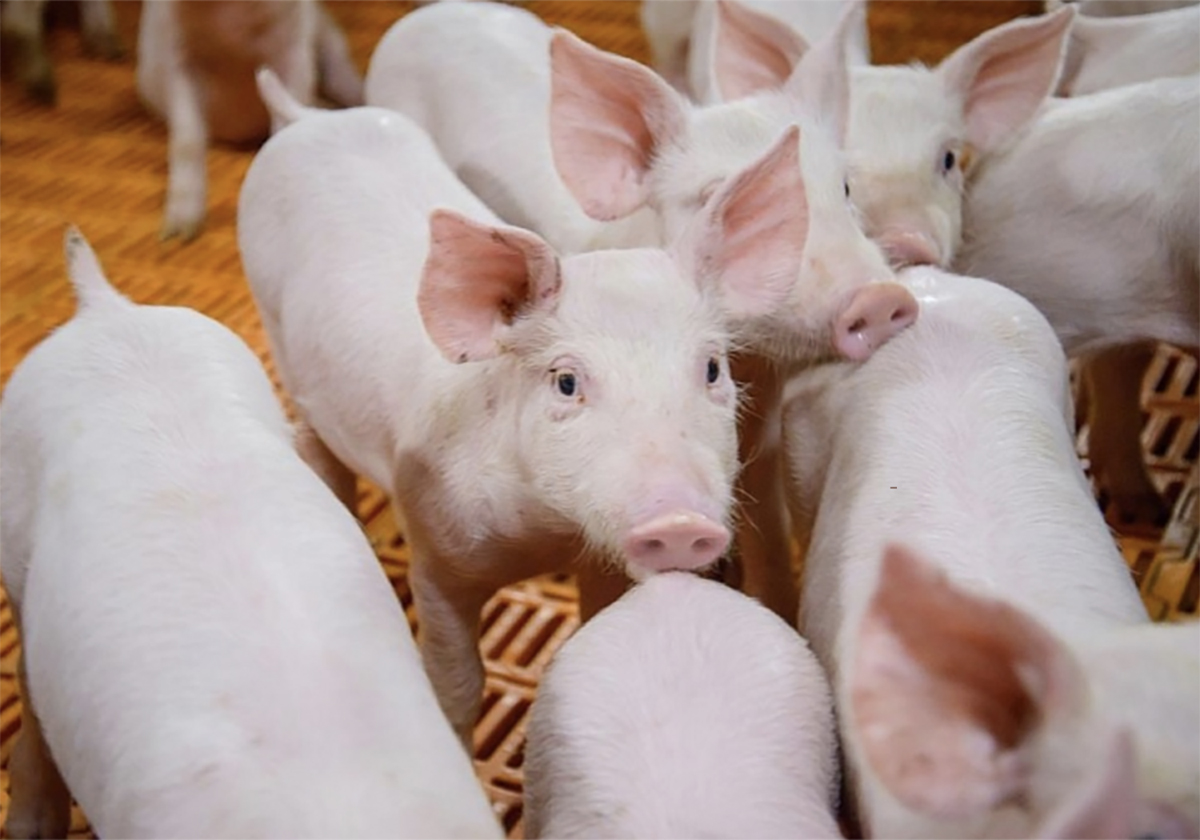
The Western Producer Livestock Report – August 28, 2025
Western Producer Livestock Report for August 28, 2025. See U.S. & Canadian hog prices, Canadian bison & lamb market data and sales insights.
Animal transportation is a visible part of the business, and the public often complains about what they witness at auction markets or border crossings, where livestock may have to wait hours for clearance.
“There are many chances for video to be taken of inappropriate animal handling and animal care during those times,” she said.
Driver training programs are offered through the Canadian livestock transporter program, and more companies are making it a requirement for their employees. Alberta Farm Animal Care reports more than 1,600 active certifications since the program was initiated in 2011.
Good drivers make a difference.
Schwartzkopf-Genswein’s research has found drivers with more than 10 years of experience have fewer problems because they are used to working with animals and know how to properly stop, start and turn corners and judge road conditions.
Canada’s 37-year-old transport regulations are being updated, and the Canadian Food Inspection Agency has promised they will be released soon.
The regulations should reflect new research on transportation and align with trading partners and the World Organization for Animal Health requirements.
Canada does not look good compared to some trading partners.
The World Society for the Protection of Animals published a paper in 2012 critical of livestock transportation in Canada. Some of the reports may seem sensationalized, but others point out deficiencies.
“Some of the things they are seeing and reporting are actually happening,” she said.
Schwartzkopf-Genswein has studied cattle transport extensively and has found most animals arrive in good shape, but there are cases where culls may suffer.
Cull cows are often thin with marginal energy reserves and are usually older with health problems. They may be weak and lame, have cancer eye or udder problems. They may struggle to get up.
“Because of their economic value, they almost get treated with less regard than the animals that are worth more, when in fact it should be the opposite,” she said.
Part of the problem is fewer processing plants, which forces these cattle to often travel longer distances.
There are concerns with ventilation in trailers during hot and cold weather. Animals may travel in temperatures as cold as – 30 C and as hot as 30 C.
Transport is more than being driven in the truck. It also includes loading, assembling, unloading, in transit and being stationary.
Loading density and animal condition can also affect animals’ welfare.
A minimum of five hours rest after 48 hours of transport is required unless trucks can reach the final destination in 52 hours.
“The U.S. has a 28 hour law, but I am not sure if it is policed or regulated in any way,” she said.
Animals have to go into bedded pens at the rest stop with access to feed and water. They should be there a minimum of five hours and can stay for up to 24 hours.
“There is some controversy about offloading and the condition of those animals: is it a benefit to off load because unloading and loading are quite stressful events,” she said.
“We don’t know how much benefit rest stops might have, depending on the type of animal.”
Current transport regulations require bedding.
“Most truck drivers don’t know this rule on journeys longer than 12 hours,” she said.
Drivers in a large survey reported that animals were kept waiting for as long as 15 hours on a trailer at a border crossing. The longest wait to be offloaded at a packing plant was 12 hours.
“This is time added on to their original journey,” Schwartzkopf-Genswein said.
The average travel time for animals in the study was 16 hours from start to unloading. About one percent of the animals in the study were culls.
Schwartzkopf-Genswein, who has professional animal auditor certification, reminds producers they are responsible for deciding if animals are fit for loading and transport.
“At the packing plants I see compromised animals and I wonder how did they get there,” she said.
Care of these animals starts with management at the plants. Employees must know the rules and should be trained to deal properly with these cattle.
Producers and processors should also be aware of the CFIA policy on compromised animals that is available on its website.






